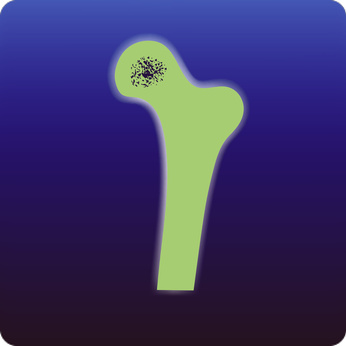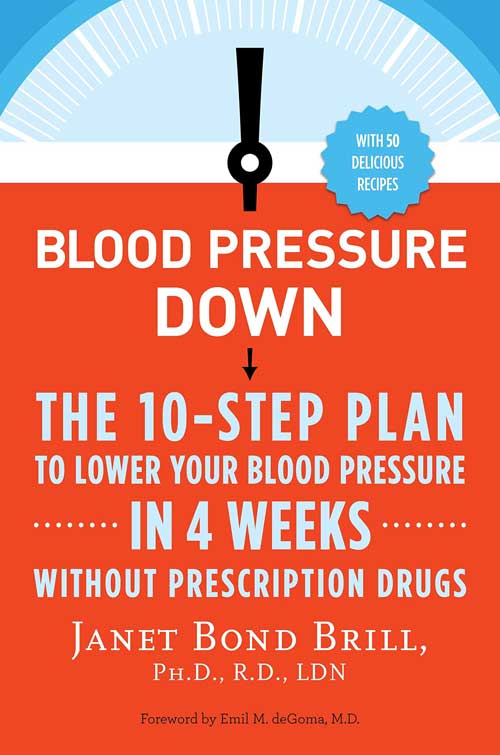By


Bone and joint surgeries are very common in the U.S. That’s not surprising given that there are over 200 bones and around 360 joints in the body. They are part of the musculoskeletal system, which supports and enables body movement.
A number of things can damage components of the musculoskeletal system. Even simple exercise mistakes can damage bones and joints. Age is another factor. Over time our joints can wear thin and osteoporosis makes bones more prone to breaks.
Bone or joint surgery is typically performed for one of two reasons: to alleviate pain or to repair an injury. Orthopedic surgeons are trained to carry out these surgeries using specialized tools. If you find that you need surgery here are some of the tools your doctor will rely on to get you back on your feet
Operating Room Equipment
All surgeries require a properly equipped, sterile environment. Operating rooms in hospitals and clinics are outfitted with bright surgical lights, an operating table, monitors and a stand to hold surgical tools. The room is large so that a number of medical staff necessary for the operation can move around with ease.
Operating rooms are fairly sparse with a lot of hard surfaces for good reason. They must be completely clean or there’s a risk of infection. Operating rooms are thoroughly cleaned after every surgery. There’s also an adjacent room where medical professionals can washing their hands before putting on sterile gowns, caps, masks, and gloves.
Endoscope
Today, the goal is to make surgery as less invasive as possible. This helps reduce the risk of infection and improves recovery time. One way that orthopedic surgeons do this is by using an endoscope.
An endoscope is a long, slim tube with a very small camera on the end that sends a signal to an adjacent screen. The tube is flexible so that it can snake through the body and produce an image of internal parts. The procedure is known as endoscopy. It allows surgeons to see the affected area from the inside before opening a patient up. The information gathered using an endoscope allows the surgeon to plan for the surgery so that it’s more effective while minimizing potential damage to the surrounding area.
Some endoscopes are also used to do surgery. These endoscopes have forceps and scissors that allow the surgeon to perform surgical procedures without making a large incision.
Scalpel
The small incisions that the endoscope enters are made with a scalpel. Most people are familiar with this surgical knife that is designed for precision. A scalpel has a small extremely sharp blade at one end and a slim handle. The design makes it easy for the surgeon to control. In many cases, scalpels are much larger than a pen.
Osteotomes
When the orthopedic surgeon is operating on a bone, osteotomies may be needed. These instruments resemble a small chisel and are used to cut into bone. The tip of the osteotome is beveled on both sides.
Osteotomes are commonly used during joint replacement surgery when implants are being inserted into the bone. That is preferable to drills because they allow for precision and don’t generate heat, which can weaken bones.
Staples and Sutures
All surgeons that cut into the body must have a way to close the incision once they’re done. Typically, either sutures or staples are using depending on the location and tissue.
Sutures are most commonly used. They are a thread-like material, and some types of sutures dissolve on their own. Traditional sutures must be removed once the wound heals shut.
Staples aren’t the type you’d find in an office. They are many different types of surgical staples, some of which are barbed. Some staples are specifically designed to be used in the bone. A specialty stapling device is needed to apply them. Some surgeons prefer staples to stitches because they are faster and tend to produce less skin trauma.
If you have to have orthopedic surgery it’s important to discuss the procedure with your surgeon and understand what types of instruments will be used. The procedure and instruments will have a significant impact on your recovery and the effectiveness of the surgery so make sure you understand what’s involved.











